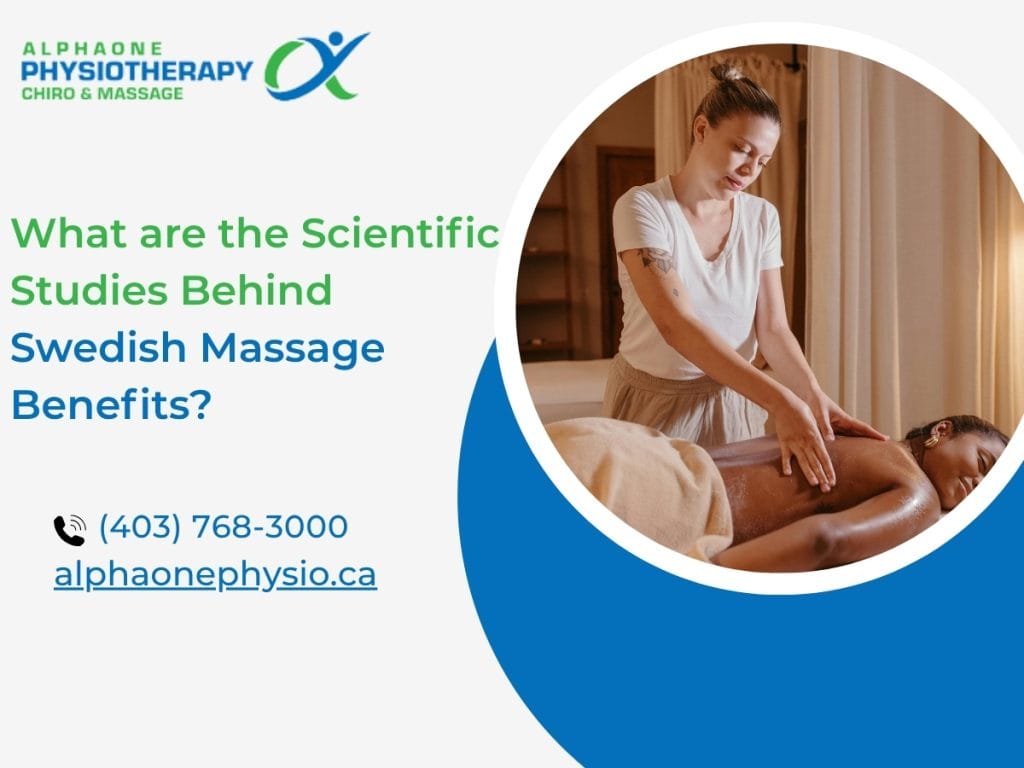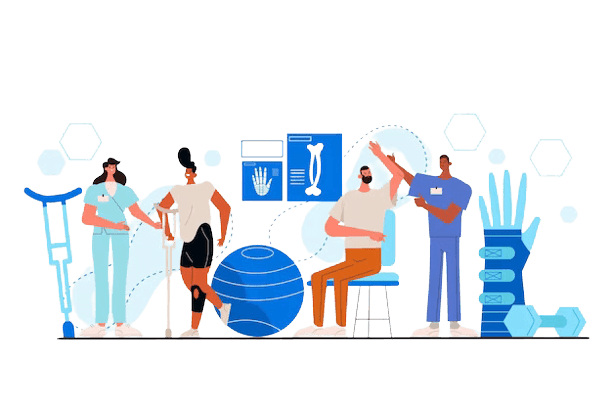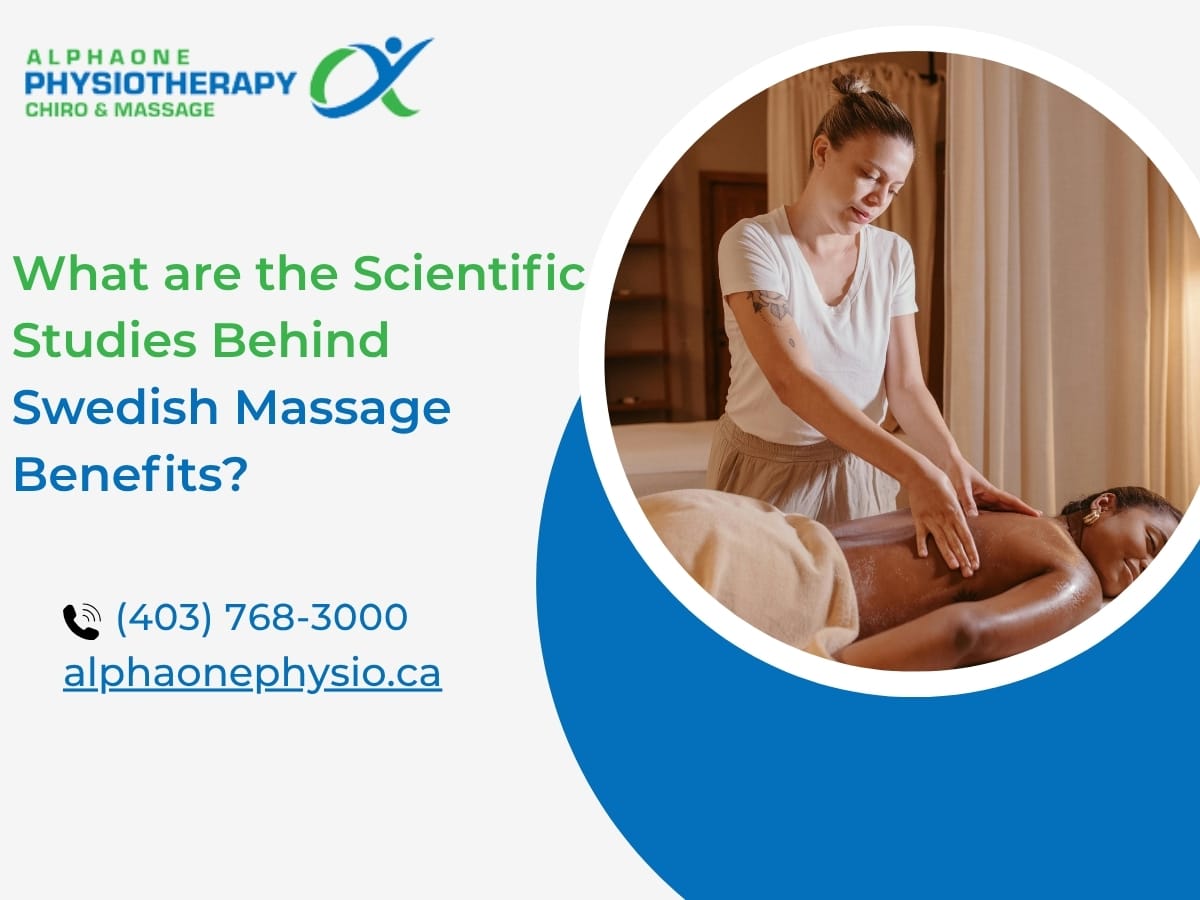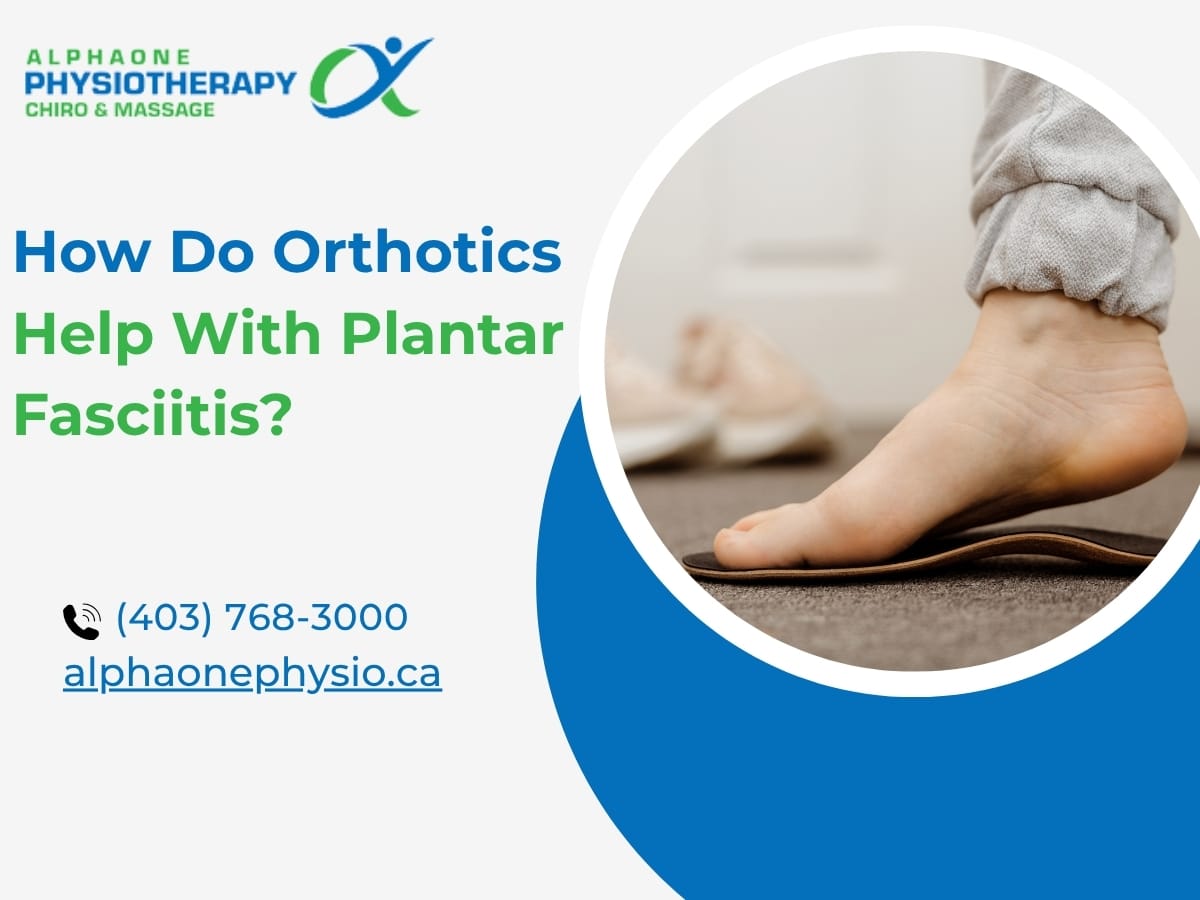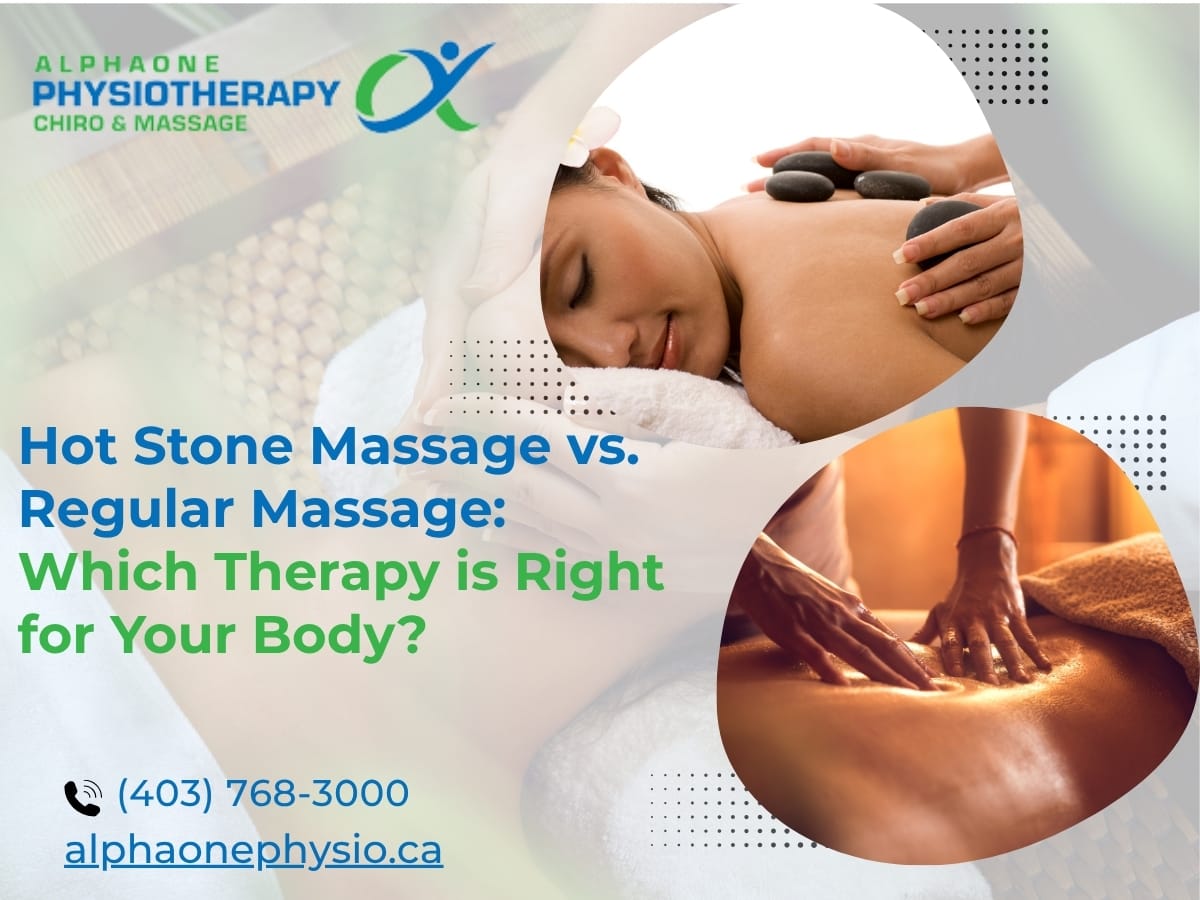Swedish massage is one of the most popular forms of massage therapy in the world. It uses gentle, flowing strokes that relax the muscles and calm the mind. Many people choose this massage for stress relief, pain reduction, and better sleep. But what makes Swedish massage so effective? The answer lies in science. Over the years, many studies have researched how this type of massage affects the body. These studies help us understand why Swedish massage works and why so many people feel better after each session.
In this blog, we will look at the scientific research behind Swedish massage benefits. We will explain the findings in simple and clear language, so anyone can understand how this therapy helps the body heal.
What is Swedish Massage?
Swedish massage uses long strokes, kneading, circular motions, tapping, and light stretching. The goal is to relax the entire body. Many therapists also use massage oils or lotions to make the movements smooth and comfortable. Swedish massage is gentle, which makes it suitable for people of all ages.
1. Studies Show That Swedish Massage Reduces Stress Hormones
One of the strongest scientific findings is the effect of Swedish massage on stress. According to a study published in The International Journal of Bodywork and Movement Therapy, people who received a single session of Swedish massage showed a 31% drop in cortisol, which is the main stress hormone. High cortisol levels can cause anxiety, headaches, poor sleep, and tiredness.
The same study found an increase in serotonin and dopamine, which are chemicals that help you feel calm and happy. This means Swedish massage not only lowers stress but also improves mood.
This is why many people report feeling lighter and more relaxed after just one session. The science proves that the nervous system responds directly to gentle touch and slow movements.
2. Swedish Massage Improves Blood Flow
Another important benefit supported by research is better circulation. A study in WebMD found that Swedish massage increases blood flow to muscles and tissues. When blood flow improves, the body gets more oxygen and nutrients. This helps muscles recover faster and feel less tight.
Improved circulation also helps reduce swelling and inflammation. Many people with poor blood flow or muscle fatigue notice that their legs or arms feel lighter after a Swedish massage.
Therapists often use oils during Swedish massage, which help smooth the long strokes. These strokes push blood toward the heart, supporting healthy circulation.
3. Studies Show It Helps With Pain Relief
Many people use Swedish massage for pain caused by muscle tension, long work hours, or poor posture. A study from the NIH found that massage therapy, including Swedish massage, helped reduce lower back pain more effectively than medication alone.
Another study from the University of Miami School of Medicine found that Swedish massage reduced muscle soreness after exercise. It lowered inflammation levels and helped the muscles relax more deeply.
The gentle pressure used in Swedish massage helps release tight areas, improves movement, and reduces discomfort in the neck, shoulders, and lower back.
4. Swedish Massage Supports Better Sleep
Sleep problems are very common today. Stress, anxiety, and body aches make it harder for people to fall asleep and stay asleep. Scientific research has shown that Swedish massage can improve sleep patterns.
A study published found that people who received Swedish massage slept longer and woke up feeling more refreshed. The researchers believed this happened because the massage lowered stress hormones and relaxed the nervous system.
When the body feels safe and calm, sleep comes more naturally.
5. It Helps Boost Immunity
Swedish massage also affects the immune system. A study from ScienceDaily found that people who received a Swedish massage had an increase in white blood cells. White blood cells protect the body from infections.
This means regular Swedish massage may help the body fight illness more effectively.
6. Swedish Massage Helps Reduce Anxiety
Anxiety can affect anyone. Studies show that Swedish massage helps lower anxiety levels by relaxing the body and calming the mind. The gentle pressure, slow movements, and peaceful environment help the brain shift into a relaxed state.
The scientific explanation is simple: when the body relaxes, the brain releases chemicals that ease anxiety and promote emotional balance.
1. What is Difference Between Swedish Massage vs. Deep Tissue Massage
If you’re comparing pressure levels, muscle recovery, and therapeutic goals, you can learn more through our detailed guide on Swedish Massage vs. Deep Tissue Massage differences. It explains when each technique works best and how they affect the body, helping you choose the right therapy based on your needs.
2. How to Choose Hot Stone Massage or Regular Massage
Unsure whether your body needs soothing warmth or traditional manual techniques? Our comparison of hot stone massage vs. regular massage breaks down their benefits, treatment goals, and who each method is ideal for. It’s a helpful next step if you’re trying to decide which therapy supports your wellness more effectively.
3. What are the Different Types of Massage Therapy?
Massage therapy includes many approaches with unique purposes and techniques. For a broader understanding of where Swedish massage fits among other methods, explore our overview of the different types of massage therapy. It highlights key styles, benefits, and common uses so you can select the most suitable treatment.
Read Related Articles: Top 10 Key Benefits Of Swedish Massage Therapy
Final Thoughts
Swedish massage isn’t just a relaxing treatment—it is backed by science. Research proves that it reduces stress, improves blood circulation, relieves pain, enhances sleep, boosts immunity, and supports emotional well-being.
If you live in Calgary and are looking for a trained Swedish massage therapist, AlphaOne Physio offers registered and evidence-based massage therapy.
Our therapists use proven Swedish massage techniques that help reduce stress, improve circulation, and support overall wellness.
To experience these science-backed benefits through professional therapeutic care, you can explore our Massage Therapy Calgary services and learn how therapeutic massage helps the body heal and relax.
Frequently Asked Questions
Swedish massage is mainly used for relaxation. It helps reduce stress, ease muscle tension, improve blood flow, and calm the mind. Many people also use it to sleep better or feel less anxious.
No, Swedish massage is gentle and should not be painful. The pressure is light to medium. If anything feels uncomfortable, you can tell your therapist, and they will adjust the pressure. The goal is to make your body feel relaxed and safe.
A normal session lasts between 45 minutes to 60 minutes. Some people choose longer sessions for deeper relaxation. Your therapist will guide you based on your needs and comfort level.
Yes, many studies show real benefits. Research has found that Swedish massage can lower stress hormones, improve blood circulation, reduce muscle pain, and help people sleep better. Some studies also show that it supports the immune system.
Swedish massage is safe for most people. However, people with certain medical conditions, such as severe injuries, infections, or skin issues, should talk to a therapist or doctor first. Your therapist will check your health history to make sure the treatment is safe for you.

